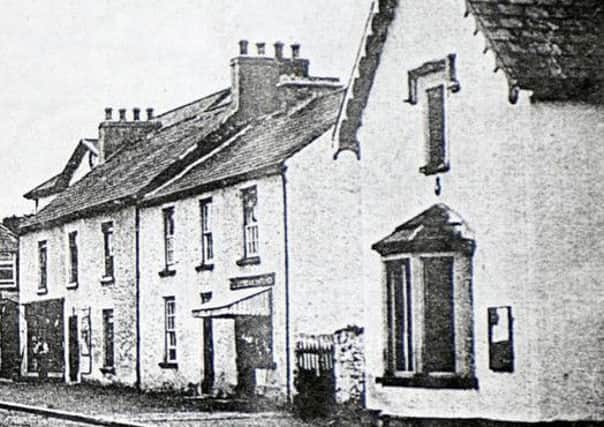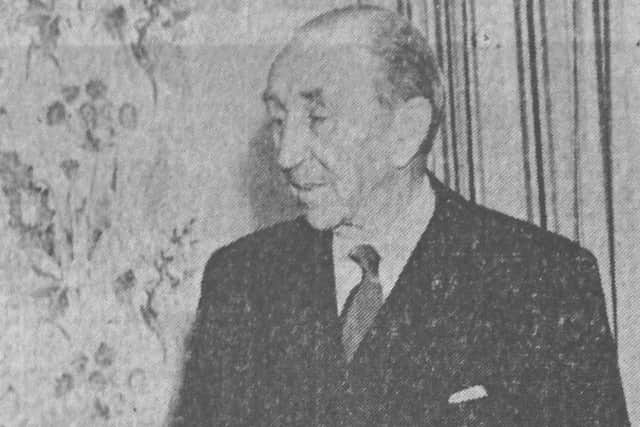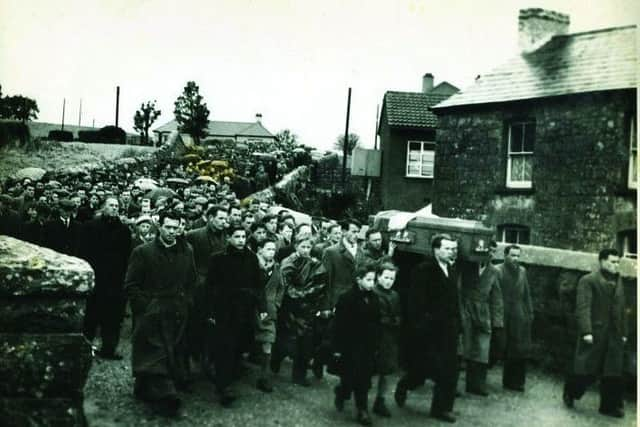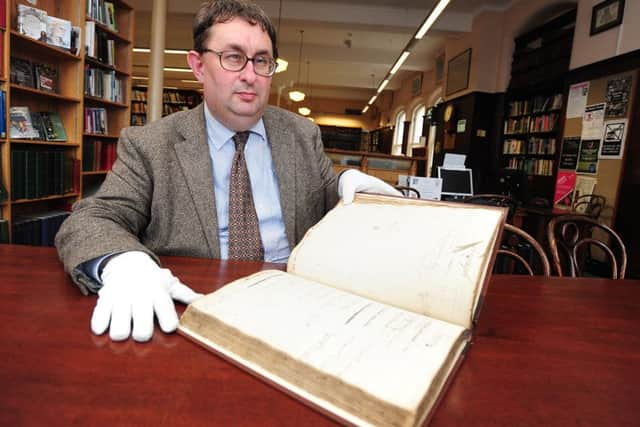Brookeborough Raid Part Two: IRA men fled across border after failed 1957 attack


Read Part One of the account of the raid by clicking here. For Part Two scroll down below
The IRA fled Brookeborough, defeated.
It has been alleged that the RUC had prior knowledge of the plans to raid the village’s police station.


Advertisement
Hide AdAdvertisement
Hide AdThis has been denied by Sean Garland, the raid’s leader. Had the police received such information they would surely have acquired reinforcements; as it was, the IRA outnumbered the police by 14 to 5.
The IRA party made its way to Altawark near the border. There, on a farm belonging to John Baxter, the bodies of the dead Sean South and the dying Fergal O’Hanlon, were abandoned in a cow byre along with the lorry
The last rites of the Catholic Church, which had been extended to Constable Scally at Derrylin, were denied to O’Hanlon. His colleagues escaped over the border. In Monaghan eight raiders were arrested and later sentenced to prison for six months. Some time later the lorry and he two bodies were found by Head Constable H.C. Rogers of Clogher station.
The lorry contained haversacks, live and spent ammunition and one Thompson gun. The officer found O’Hanlon still alive. In his testimony to the inquest on the two raiders at the Fermanagh County Hospital on January 3 the examining surgeon John Wilson FRCS stated that had O’Hanlon received help in time he might well have survived. Questioned by District Inspector W.D. Wolseley, he said that Head Constable Rogers did not arrive in time to save O’Hanlon. After the inquest D.I. Wolseley told reporters that a first aid kit had been found in the lorry.


Advertisement
Hide AdAdvertisement
Hide AdFergal O’Hanlon was buried in Monaghan, Sean South in Limerick. Large crowds attended the funerals of both men and many turned out to see South’s cortege through Dublin. On the day after the raid Brookeborough wrote in his diary that the IRA could not be strong or else more stations would have been attacked. However, on January 11 he received an alert of a planned attack on Colebrooke; that evening he and his wife ate dinner with shotguns at their side.
The first cabinet of the year, also on January 11, 1957, did not discuss the Derrylin or Brookeborough raids. The Prime Minister complained to Noel Barber of The Daily Mail of inaction by the authorities in the Republic. Cooperation between the two jurisdictions could, he said, change the whole complexion of the war. Bishop O’Callaghan of Clogher told mourners at the requiem for one of his priests that the raids were mortal sins. He claimed that the IRA was under communist influence. There is no evidence of any such influence though Sean Garland was to become a Marxist and a leader of the Official IRA in the 1970s.
On January 6 John A. Costello, then Taoiseach, attacked the IRA in a radio broadcast. Force, he said, was not the way to end partition: “In this state”, he stated, “there can be only one Government, one parliament and one army”.
He was praised by Brian Maginness, the Unionist MP and Attorney General as well as by the leader of Fianna Fail, Eamon de Valera. De Valera too said that partition could not be ended by violence before adding (somewhat ambivalently) that were force to be employed it could be under the authority of the Dail. W.W.B. Topping also welcomed Costello’s speech but went on to say that “past experience – past bitter experience prevents us from optimism about the action that will follow”. In the event it was de Valera, once he returned as Taioseach, who took draconian action, interning many republicans.


Advertisement
Hide AdAdvertisement
Hide AdThe border campaign continued for five years and one month after the raid on Brookeborough but it never reached any high level of violence. Six RUC officer died – a fraction of the hundreds killed in the later Troubles. The Belfast IRA planned attacks on the police but never carried them out. The IRA had little support and received only condemnation from the Nationalist Party and the Catholic Church.
This was a situation Lord Brookeborough might have exploited to strengthen the Union. Early in the 1950s he had noted that nationalist voters were becoming less attached to an end to partition. In the previous decade he had introduced reforms for all in education, welfare and health against the opposition of some in his party.
But, as his biographer Brian Barton has written, party unity was his obsession. Reforms in housing and franchise provision, which might have answered Catholic and nationalist grievances, were not introduced. When, in 1959, Sir Clarence Graham called for Catholics to be encouraged to join the Ulster Unionist Party, Brookeborough did not give him his support.
Sean South and Fergal O’Hanlon are remembered in republican ballads. Those songs dwell neither on the anti-Semitic affiliations of the former nor on the abandonment of the latter.


Advertisement
Hide AdAdvertisement
Hide AdTwenty years ago a monument to the two men was erected at Altawark; a credulous Guardian journalist present at the ceremony reported that the station at Brookeborough had been defended by dozens of RUC men. Commemorations still occur each year, but the monument really commemorates a futile campaign.
Some years after the raid the station at Brookeborough was closed and was converted to a private residence; it stands still, recognisable as the building besieged 60 years ago. From 1972 to 1983 the Provisional IRA planted five bombs in Brookeborough, two which caused extensive damage. The village is 13 miles from the border and offered an easy target. Was the village also attacked in revenge for the raid’s failure?
The second most serious of those bombs exploded on January 15 1977, 20 years and two weeks after the raid. Myth trumps history and memories can be bitter.
• Colin Armstrong grew up in Brookeborough and studied at Portora Royal, Trinity College, Cambridge, where he read history, and is a visiting research associate in history at Queen’s, Belfast. In 2012 he wrote a short history of the News Letter for our 275th anniversary supplement.